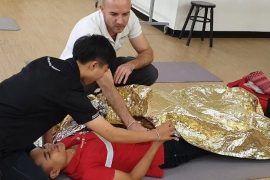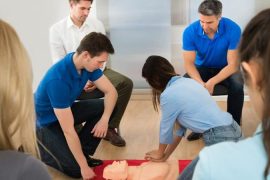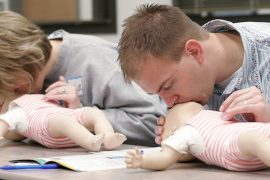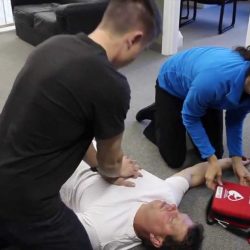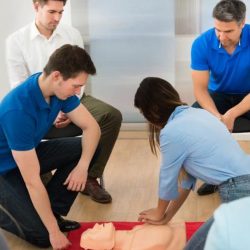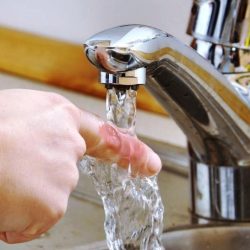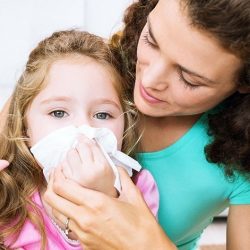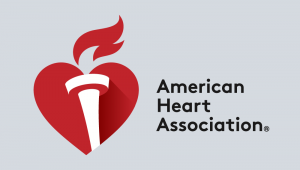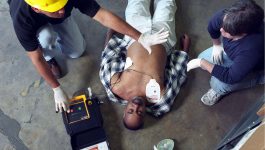

- February 18, 2019
- by admin
- 0 Comments
Assembling a First Aid Kit
A well-stocked first-aid kit is important for treating minor injuries at home or outside. You can purchase a first aid kit or make your own. Keep your supplies in a sturdy, clear plastic box or in a soft-sided bag so you can see what’s inside. Find a list of supplies to put in your first aid kit and more info here.
Suggesting ing Items to Put in a First Aid Kit
Suggested item – specialized item may be necessary based on regional first aid needs. First aid kits should be available in vehicles, homes, and child care centers.
- Durable case or bag.
- Emergency phone numbers/coins/phone card – used in an emergency to assist with remembering important contact information.
- Gloves – to protect rescuer against bloodborne pathogens.
- Ventilation barriers – used to protect rescuer against disease transmission.
- Large absorbent dressings; various sizes – used to help stop bleeding.
- Sterile gauze pads; various sizes – used to help stop bleeding and dress wounds.
- Clinging rolled bandages; various sizes; – used to dress wounds.
- Adhesive bandages; various sizes – used to dress wounds.
- Adhesive tape – used to dress wounds.
- Nonadherent, dry pads – used to dress burn wounds.
- Sterile bandages of various sizes.
- Triangular bandages – used to immobilize dislocations and fractures.
- Sterile cotton – used to dress wounds.
- Cotton tipped swabs – used to clean wounds.
- Bandage scissors – use to cut bandages and patient apparel.
- Tongue depressors – to check vital signs during illness assessment; could also be used as splinting material for finger dislocations and fractures.
- Tweezers – to assist in removing foreign material.
- Needle – to assist in removing foreign material.
- Safety pins – to attach and secure bandages.
- Penlight – for light and to use as an examination tool.
- Oral thermometer – to measure temperature as a vital sign.
- Squeeze bottle of water – for hydration and patients with heatstroke; burns, eye, or wound wash.
- Splints – to immobilize dislocations and fractures.
- Emergency blanket – for warmth; to cover patients with shock.
- Cold packs – For bruises, strains, sprains, eye injuries, stings and dislocations, and fractures.
- Hot packs – for venomous bites and stings.
- Vinegar – to neutralize stinging cells of jellyfish.
- Large Plastic bag – use to dispose of gloves and medical waste; may be used in lieu of actual gloves as a barrier.
- Small paper cups – for drinking and to cover eye injuries.
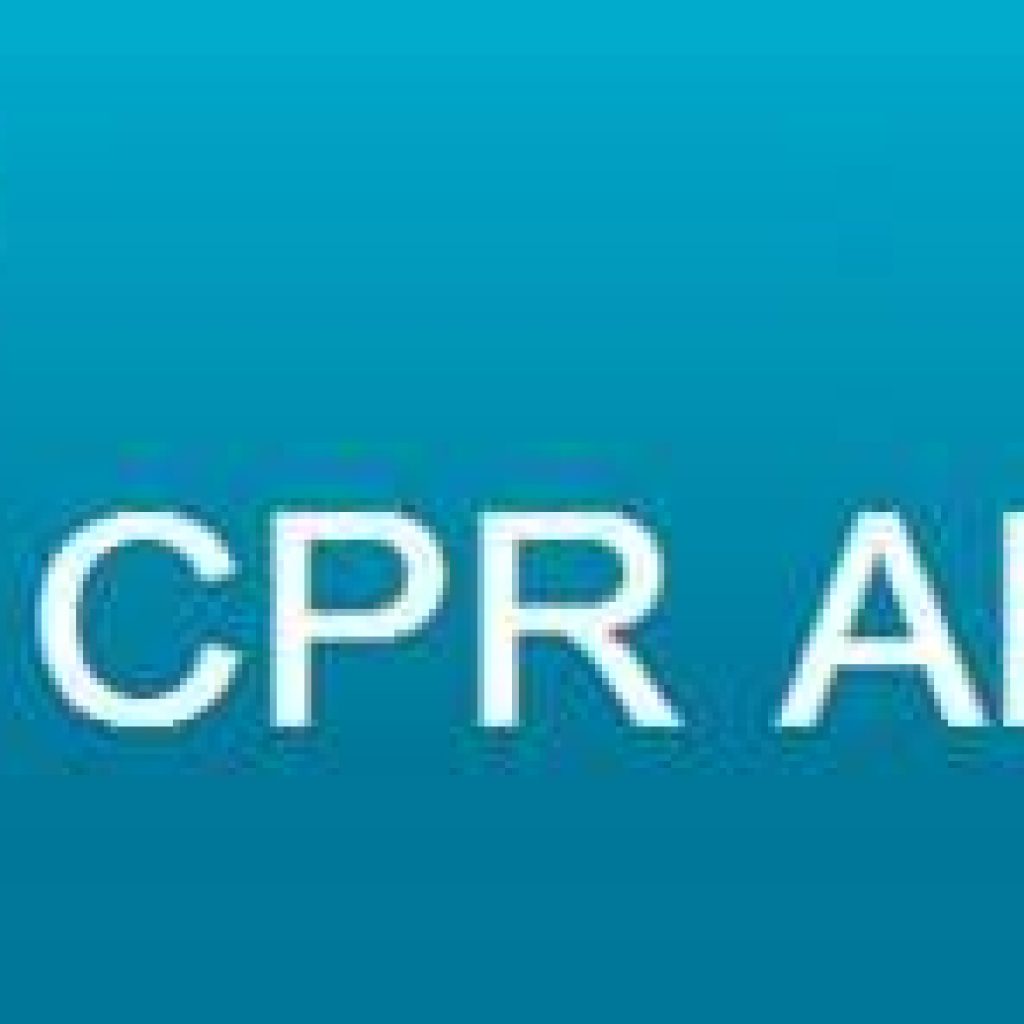
We deliver High-quality CPR First Aid Training in Bangkok and Everywhere in Thailand.
As an accredited American Heart Association training provider, we pride ourselves on delivering First Aid CPR AED courses that are high-quality, interactive (AHA video), and practical, ensuring that all our attendees leave with the practical skills and confidence to save lives. We provide local and international certificates which are valid for 2 years. For more information about our courses, please contact us.
If you have a group of minimum 5 participants, we can deliver courses on your premises or at a location to suit you. Bangkok First Aid Co., Ltd delivers onsite training courses that encompass adult, pediatric (child and infant) CPR AED and First Aid skills. We also offer a comprehensive First Aid at Work course with audit, specifically designed to meet national and international compliance standards for CPR and first aid courses in the workplace.


